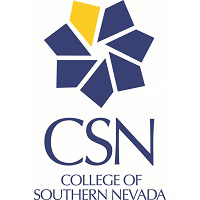Below is a summary of the abstract you submitted. Presenting author(s) is shown in bold.
If any changes need to be made, you can modify the abstract or change the authors.
You can also download a .docx version of this abstract.
If there are any problems, please email Dan at dar78@pitt.edu and he'll take care of them!
This abstract was last modified on March 15, 2022 at 4:01 p.m..

JorRay (temperate G1 subcluster) and Blocker23 (lytic B2 subcluster) are siphoviridae bacteriophages found by Morehouse College in Georgia and annotated by the College of Southern Nevada. Both phages were identified in host Mycobacterium smegmatis mc^2 155 in 2019 from enriched soil samples. The genomes were annotated to identify putative functions, start codon choices, and genes missed by the prediction programs. JorRay, had sixty-three genes with only two as reverse genes. Three previously uncalled genes were added; one of the genes was mycobacteriophage mobile element 1. JorRay closely aligned to Hope and Frosty24 due to them having a similar pattern of genetic material. Blocker23 is similar to other G1 phages with 7-Deazaguanine modification genes to protect phage DNA from host restriction endonucleases. To determine JorRay’s and Blocker23’s genes and putative functions, DNA Master, GeneMark coding potential maps, and starterator were first used to find the starts of the genes. Phamerator genetic maps allowed for analysis of any missed genes, overlap, or gaps that could have been looked over while also comparing the genomes which allowed us to see any missing pieces of information side by side with other annotated phages. Evidence was gathered from Phages DB, NCBI Bast, HHPred, TMHMM and SOSUI to find a putative function of each gene. This resulted in fully annotated JorRay and Blocker23 genomes entered into PECAAN.
